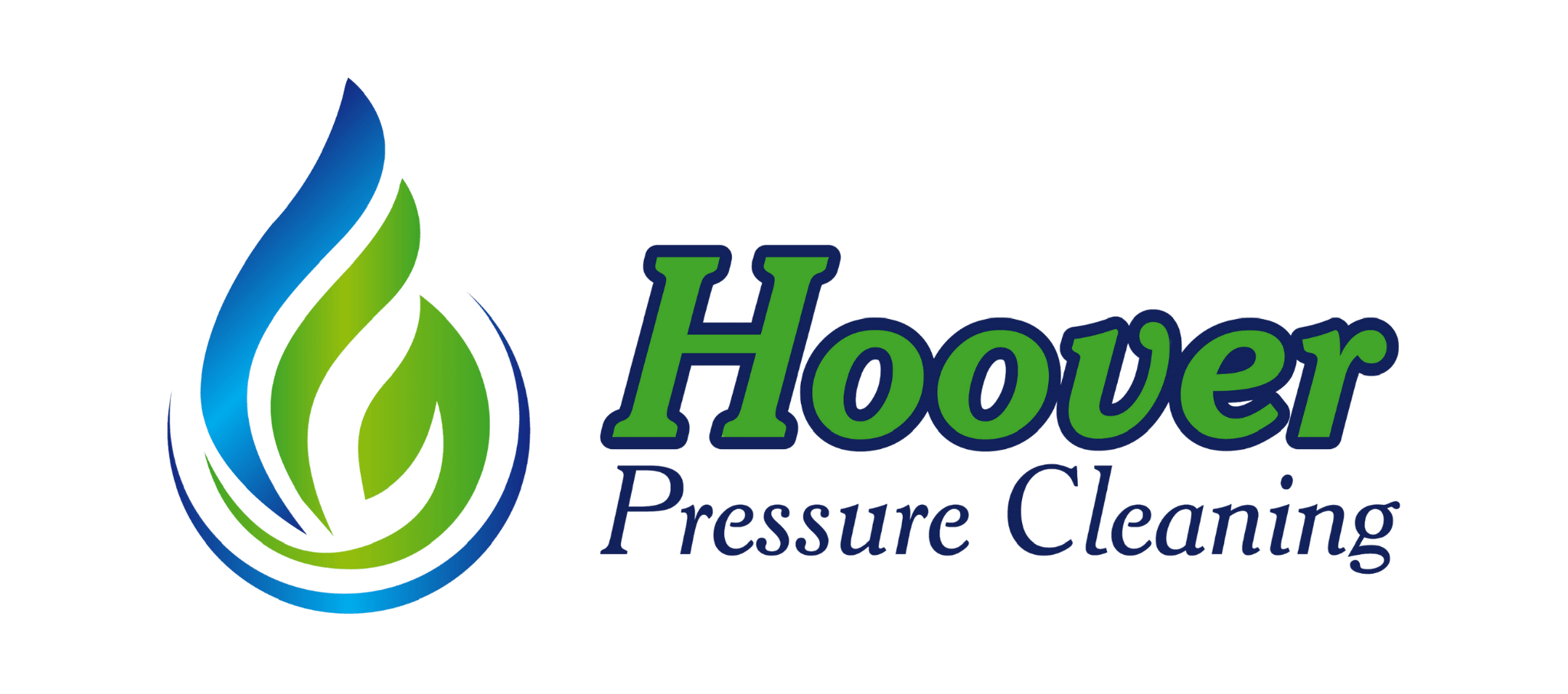If you’ve noticed a white, chalky substance on your pavers, you’re not alone. This common issue in SWFL and can be frustrating and unsightly, but understanding what it is and how to prevent it can save you a lot of headaches. The two most common culprits behind this white mess are calcium build-up and efflorescence. Let’s dive into what causes these problems and how you can keep your pavers looking their best!
What Is Calcium Build-Up on Pavers?
Calcium build-up occurs when hard water, which contains a lot of dissolved minerals like calcium and magnesium, gets into your pavers. When the water evaporates, it leaves behind those minerals, which show up as a white, powdery substance on the surface. This build-up is especially common in areas with hard water or where pavers are frequently exposed to water, like near sprinklers or pools.
What Causes Calcium Build-Up on Pavers?
The primary cause of calcium build-up is water. Whether it’s from irrigation systems, rain, or just natural moisture in the ground, water seeps into the pavers. When it evaporates, it leaves the calcium and other minerals behind, creating that white residue. The problem can be worse in areas with high humidity or where pavers are constantly wet.
How to Prevent Calcium Build-Up
Preventing calcium build-up starts with managing water exposure. Here are a few tips:
- Adjust Sprinklers: Make sure your sprinklers are not constantly spraying your pavers. Redirect them to minimize direct water exposure.
- Seal Your Pavers: Applying a sealer can create a barrier that prevents water from penetrating the surface of the pavers. This won’t stop all moisture, but it can significantly reduce the amount that gets in.
- Use a Water Softener: If you live in an area with hard water, consider using a water softener. This can reduce the amount of calcium and other minerals in the water, helping to prevent build-up.
What Is Efflorescence?
Efflorescence is another common issue that can cause a white, chalky appearance on your pavers. Unlike calcium build-up, efflorescence comes from the salts within the pavers themselves. These salts dissolve in water, travel to the surface, and are left behind when the water evaporates. The result is a white, powdery coating that can sometimes look similar to calcium build-up.
What Causes Efflorescence?
Efflorescence happens when water moves through the pavers, dissolving the salts within the material. As the water reaches the surface and evaporates, the salts are left behind. This can happen naturally over time or as a result of construction practices, like using a concrete mix that contains a lot of salts.
How to Prevent Efflorescence
Efflorescence can be tricky to prevent, but there are steps you can take:
- Seal the Pavers: Just like with calcium build-up, sealing your pavers can help prevent water from getting in and dissolving the salts. Look for a sealer that’s specifically designed to block efflorescence.
- Use Quality Materials: When installing new pavers, choose materials that are less likely to produce efflorescence. Some concrete mixes are made with low-salt formulas to reduce the risk.
- Ensure Proper Drainage: Make sure water can drain away from your pavers instead of pooling on the surface. Good drainage helps minimize the amount of water that can seep into the pavers.
Conclusion
Dealing with a white chalky mess on your pavers can be frustrating, but understanding the causes and taking steps to prevent it can keep your outdoor space looking great. By managing water exposure, using quality materials, and applying a good sealer, you can minimize the risk of calcium build-up and efflorescence. Call Hoover Pressure Cleaning today for your Free evaluation of your pavers at 941-697-6886.

